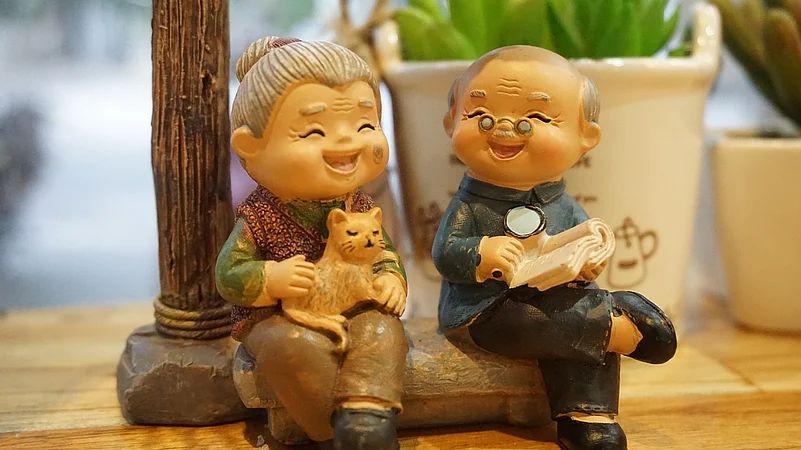
Summary of this article
3D movement analysis helps detect seniors’ mobility issues early.
Targeted exercises improve strength, flexibility, and balance for safety.
Continuous monitoring supports independence and prevents serious injuries.
By Dr. Manoj Padman,
Ageing brings about changes in our bodies, and for many elderly people, these changes can result in reduced mobility, balance, and the likelihood of falls. While the old way of approaching assessments depends on the trained eye of a clinician, new technologies such as 3D movement analysis are revolutionising the way we consider and enhance older-adult human movement. The advanced technology offers an objective, data-driven method of supporting seniors in maintaining independence and living safer, more active lifestyles.
What tends to be overlooked is just how much our everyday mobility, mere walking, can say about our well-being. Small variations in balance, stride, or flexibility within the joints might reflect underlying problems long before they turn critical. Too often, though, changes of this kind go unnoticed in regular checkups or with mere visual inspection.
A more scientific approach to studying movement offers new possibilities for prevention and care. By using objective assessments to analyse how someone walks or balances, it is possible to identify risks early.
Identifying a weak ankle push-off, limited hip motion, or an asymmetrical stride can indicate a potential fall because of these weaknesses.
Based on that, you can create targeted rehabilitation and strengthening exercises. Instead of following a one-size-fits-all exercise protocol, senior citizens hone in and work on the exact areas that need to be improved, whether it be coordination, strength, or flexibility of the joints. More than reducing injury risk, this level of precision also increases confidence so seniors can remain active every day.
Studying movement more scientifically opens doors to prevention and care. Balance assessments can improve the work of analysing how someone walks or balances something, and can detect risks in advance. Some signs of this might be weak ankle push-off, a low hip movement or a non-symmetrical stride — falls can happen here due to these weaknesses.
Importantly, these assessments also enable long-term follow-up. Progress can be followed up on to observe how the individual is doing in response to treatment, whether they're staying independent, or if new issues are arising. This enables one to modify care before minor issues become significant setbacks.
The path forward is clear: We do not have to wait until the falls, pain, or loss of mobility define our old age to see the way forward clearly. By keeping a closer eye on movement and intervening on small inefficiencies early, seniors can continue to live safe, confident and independent lives.
(The author is Medical Director at Gait and 3D Motion Analysis lab.)
(Disclaimer: Views expressed are the author's own, and Outlook Money does not necessarily subscribe to them. Outlook Money shall not be responsible for any damage caused to any person/organisation directly or indirectly.)












